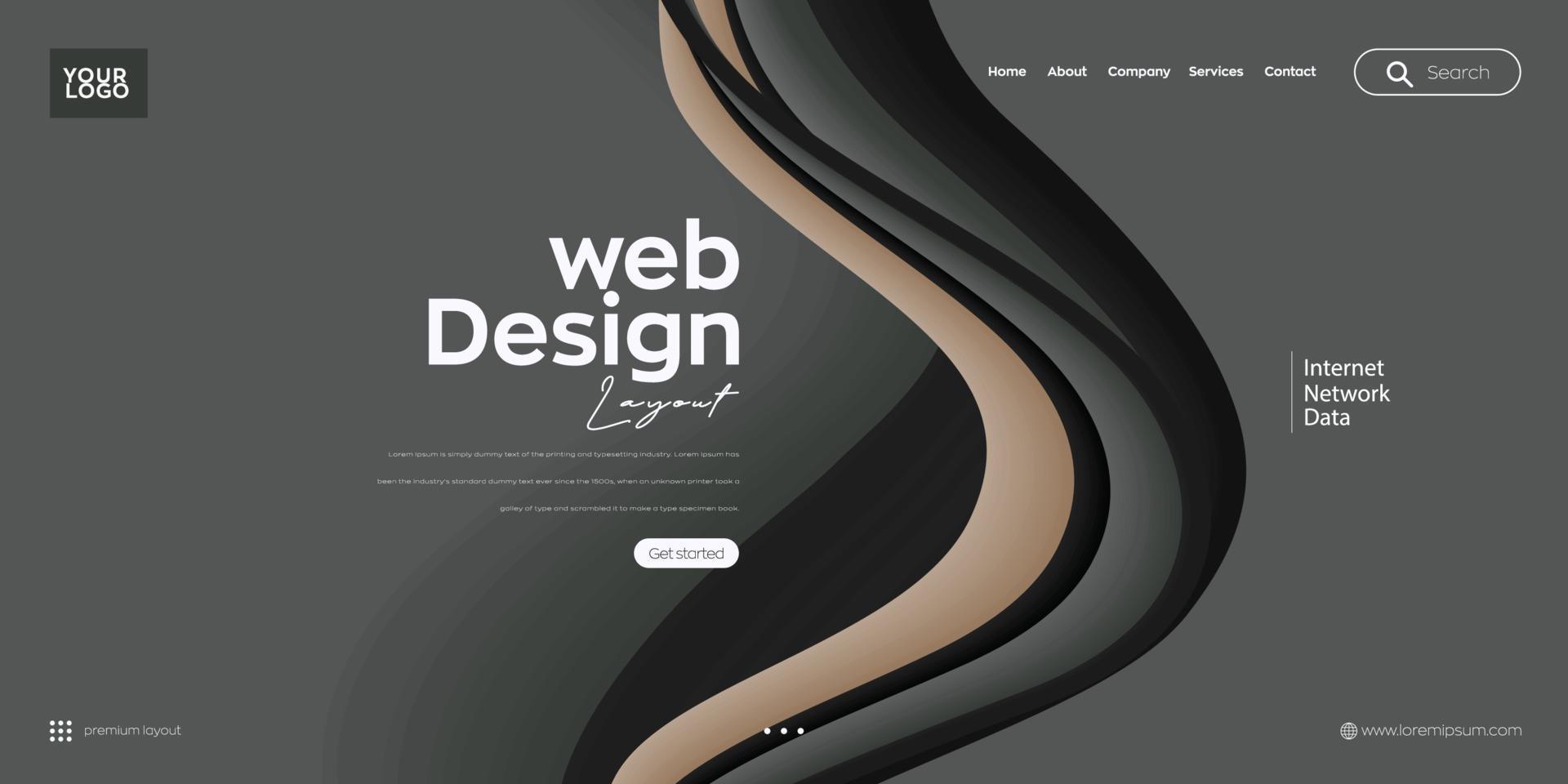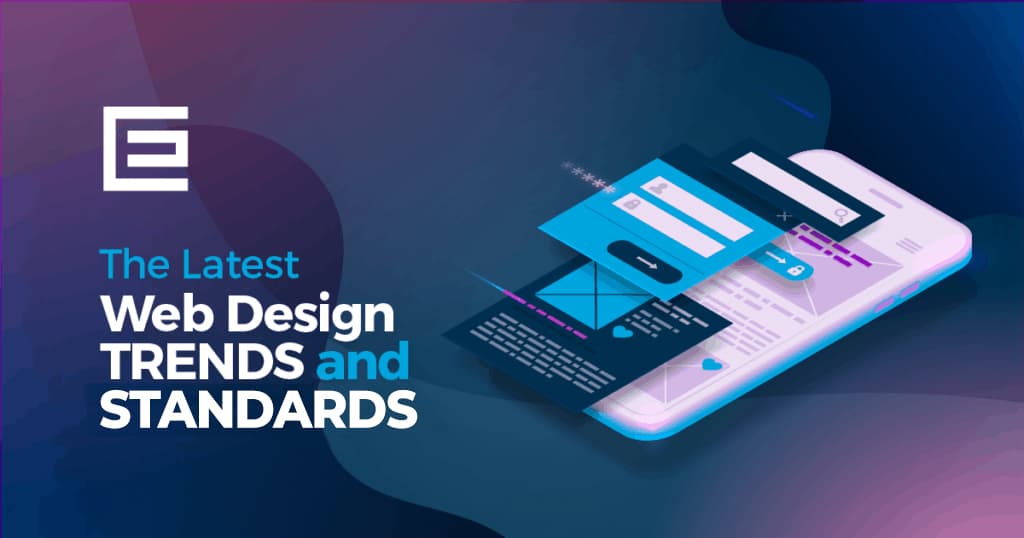Exactly How to Properly Integrate Visual Appeals and Functionality in Website Design
When developing an internet site, you require to strike an equilibrium between visual appeals and capability. It's not almost looking great; your design must additionally serve a function and overview users successfully. By concentrating on simplicity and intuitive navigating, you can develop an engaging experience. But what components really enhance use while preserving aesthetic charm? Let's check out the key principles that can bring about an unified blend of appeal and function.
Comprehending the Value of Aesthetic Appeals and Performance
Recognizing the balance in between looks and functionality is necessary for producing an efficient user experience when you create an internet site. An aesthetically appealing website grabs attention, however it's the performance that keeps individuals engaged. If your site looks fantastic however is difficult to navigate, visitors will promptly lose passion and leave.Consider your target market and what draws them in. You intend to produce a style that mirrors your brand name while ensuring convenience of use. Structured designs, intuitive navigation, and clear contact us to action can improve both aesthetics and performance.

Principles of Reliable Web Style
To develop an effective website design, you require to follow numerous essential concepts that enhance both user experience and visual allure. Initially, prioritize simplicity; a tidy layout aids users browse easily. Make use of a regular shade scheme and typography to keep comprehensibility across your site. This promotes familiarity and trust.Next, assure your design is responsive. Customers accessibility internet sites on various devices, so your style needs to adjust seamlessly. Take note of visual pecking order; emphasize vital elements with positioning, color, or size to lead customers' focus.Finally, incorporate adequate white space. It avoids mess and makes web content extra absorbable. Bear in mind, efficient website design balances appearances and performance, so every layout selection must offer a function. By following these principles, you'll create a site that's not just visually appealing however additionally easy to use, eventually maintaining visitors involved and urging them to return.
Prioritizing Customer Experience
When prioritizing individual experience, you'll intend to start by recognizing what your users absolutely need. Streamlining navigating layout can make a big distinction in exactly how easily they locate what they're seeking. Likewise, boosting visual pecking order aids direct their attention to the most essential components on your site.
Understanding Individual Needs
Understanding user demands is essential for creating an interesting internet experience that keeps site visitors returning. To accomplish this, you should recognize the objectives and preferences of your target audience. Start by carrying out individual research study, like meetings or surveys, to collect understandings on what customers worth most. Focus on their pain points and obstacles when engaging with comparable websites. This info enables you to tailor your style, making certain capability aligns with customer assumptions. Furthermore, consider creating customer identities that stand for various segments of your audience, assisting you picture their demands during the layout process. When you prioritize understanding user needs, you produce an internet site that not just looks excellent but additionally provides a smooth, satisfying experience that cultivates commitment.
Simplifying Navigating Style

Enhancing Visual Pecking Order
A solid visual power structure is necessary in assisting individuals through your web site and ensuring they engage with crucial content. To attain this, utilize size, spacing, and color purposefully. Make essential elements like headings bigger and bolder than body text, attracting interest quickly. Use contrasting colors to highlight phone call to action, motivating clicks. Furthermore, employ adequate white space to different areas, making content digestible and inviting.Consider the flow of information; organize elements practically, leading customers' eyes from one factor to the following. Use aesthetic signs, like arrowheads or lines, to direct attention. By focusing on aesthetic power structure, you improve customer experience and increase the chance of conversions, ensuring your internet site is both cosmetically pleasing and functionally reliable.
Shade Concept and Its Influence On Usability
While picking the appropriate colors for your web site may feel like a small detail, it significantly affects usability and user experience. Color impacts exactly how individuals perceive information and can enhance or prevent navigating. For example, contrasting shades can assist vital elements stand out, making it easier for visitors to discover what they need.Additionally, think about the psychology of shades: blue frequently influences count on, while red develops seriousness. Knowing your target market can assist your shade choices, assuring they reverberate well.Moreover, constant shade schemes help build brand name identification, making your internet site a lot more unforgettable. Be cautious-- too lots of shades can overwhelm users. Stick to a minimal scheme that enhances your material and keeps clarity.Incorporating availability is likewise necessary; verify your click to read color combinations get along for those with visual disabilities. By thoughtfully applying shade concept, you'll enhance usability and create a much more engaging user experience.
Typography: Balancing Design and Readability
Color choices established the stage for your internet site, yet typography plays an equally crucial role in enhancing Visit Website individual experience. You want your message to connect clearly while additionally showing your brand name's personality. Start by picking fonts that are not only appealing yet also readable. Sans-serif typefaces typically function well for digital displays, as they're easier to review at different sizes.Maintain a hierarchy by making use of various font style dimensions and weights; this overviews individuals with your web content effortlessly. Consider line spacing and letter spacing; also tight can annoy visitors, while too loosened can interfere with the flow. Limit your typeface choices to two or three to maintain the style cohesive.Finally, always test your typography throughout different devices and internet browsers. What looks excellent on one screen might out another. Balancing style with readability warranties that your message resonates, keeping your audience notified and involved.
Receptive Style: Making Looks Work With All Tools
To ensure your website looks terrific on any kind of gadget, you'll need to welcome responsive design concepts. This technique warranties your website adapts to various screen dimensions, providing an ideal user experience. Begin by using liquid grids and adaptable images that scale flawlessly. Instead of dealt with measurements, select percentages and family member units, allowing your design to adjust dynamically.Next, execute media inquiries in your CSS. These allow you apply various designs based on tool characteristics, like display width. This way, you can maintain visual appeal while ensuring functionality.Don' t fail to remember concerning touch targets; make sure switches and web links are simple to touch on smaller screens. Focus on vital content, so users can quickly navigate your site no matter their device. By concentrating on these aspects, you'll produce an appealing, visually appealing experience that satisfies the demands of all users, whether they're on a smartphone, desktop computer, or tablet computer .
Conducting Use Testing for Constant Enhancement
To boost your internet design, you require to set clear usability objectives that straighten with individual needs. By carrying out customer examinations, you can collect valuable comments on exactly how real individuals communicate with your website. Evaluating these outcomes will assist you make informed his explanation improvements and produce a much more effective individual experience.
Defining Use Goals
While appearances can attract individuals in, specifying usability objectives is vital for ensuring their experience stays smooth and satisfying. Start by identifying what you desire users to attain on your site (website design london Ontario). Consider their jobs, requirements, and actions. Are they searching for details, making a purchase, or authorizing up for an e-newsletter? Develop clear standards to determine success, like job conclusion prices or time on task. Focus on instinctive navigating, obtainable web content, and receptive design to boost functionality. On a regular basis review these goals as individual assumptions progress. By specifying functionality objectives, you create a framework for reviewing and improving your website's efficiency. This focus on usability not only improves customer contentment yet likewise enhances the overall performance of your style
Carrying Out Customer Examinations
Performing customer examinations is necessary for refining your site and guaranteeing it satisfies your target market's needs. Begin by identifying your target customers and producing an examination plan that describes your objectives. Utilize a mix of measurable and qualitative methods, such as studies, meetings, and task-based observations, to collect complete comments. Invite participants to browse your website while you observe their communications and note any kind of problems they experience. Urge open dialogue to capture their ideas and sensations regarding the design and capability. Maintain sessions brief and concentrated, guaranteeing you cover crucial locations without frustrating users. Make sure to record all findings, as this info will be vital for making informed style decisions that enhance both looks and use.
Evaluating Examination Results
Exactly how can you successfully analyze the outcomes of your use tests to drive continual renovation? Begin by classifying responses right into usual motifs. Seek patterns in user habits that highlight pain factors or areas for improvement. Use quantitative information, like job conclusion rates and time on job, to measure usability fairly. Do not fail to remember to take into account qualitative insights from user remarks; they commonly disclose underlying concerns that numbers can't reveal. Prioritize the most impactful findings and create workable items for your layout group. Bear in mind, it has to do with repeating-- apply adjustments, after that test once more. This cycle of screening, analyzing, and refining helps you equilibrium visual appeals and functionality, ensuring your web site satisfies customer requirements effectively while keeping visual charm.
Regularly Asked Inquiries
Just how Do I Pick the Right Color Combination for My Website?
To pick the right shade scheme for your web site, consider your brand name's personality, target audience, and emotional effect (website design london Ontario). Use shade psychology, produce harmony, and warranty readability. Examination mixes to see what resonates best with site visitors
What Equipment Can Help With Website Design Looks and Capability?
You can make use of tools like Adobe XD, Figma, and Lay out to improve your web design's appearances and performance. These systems supply intuitive interfaces, partnership functions, and pre-made templates to improve your creative procedure and enhance your styles.
How Can I Include Animations Without Compromising Functionality?
To integrate animations without endangering capability, prioritize subtle impacts that enhance customer experience. Use CSS computer animations for smoother communications, assurance quick lots times, and test on numerous gadgets to preserve performance while adding aesthetic appeal.
What Prevail Errors to Prevent in Website Design Aesthetic Appeals?
When developing, stay clear of chaotic layouts, bad shade options, and inconsistent typefaces. Don't overlook mobile responsiveness, as it can alienate customers. Confirm your design aligns with your brand, developing a smooth experience that engages visitors successfully.
How Often Should I Update My Site's Style for Optimum Aesthetics?
You must upgrade your site's design every 1-2 years to maintain up with fads and preserve ideal aesthetics. Routinely renewing visuals helps engage warranties and site visitors your site stays straightforward and appealing. When you design a site, understanding the equilibrium in between visual appeals and capability is essential for producing an efficient individual experience. To create a reliable internet style, you need to adhere to several crucial concepts that improve both user experience and aesthetic appeal. Users accessibility internet sites on different devices, so your style needs to adapt perfectly. When focusing on user experience, you'll want to begin by comprehending what your users genuinely require. Beginning by performing customer research, like studies or interviews, to collect insights on what customers value most.